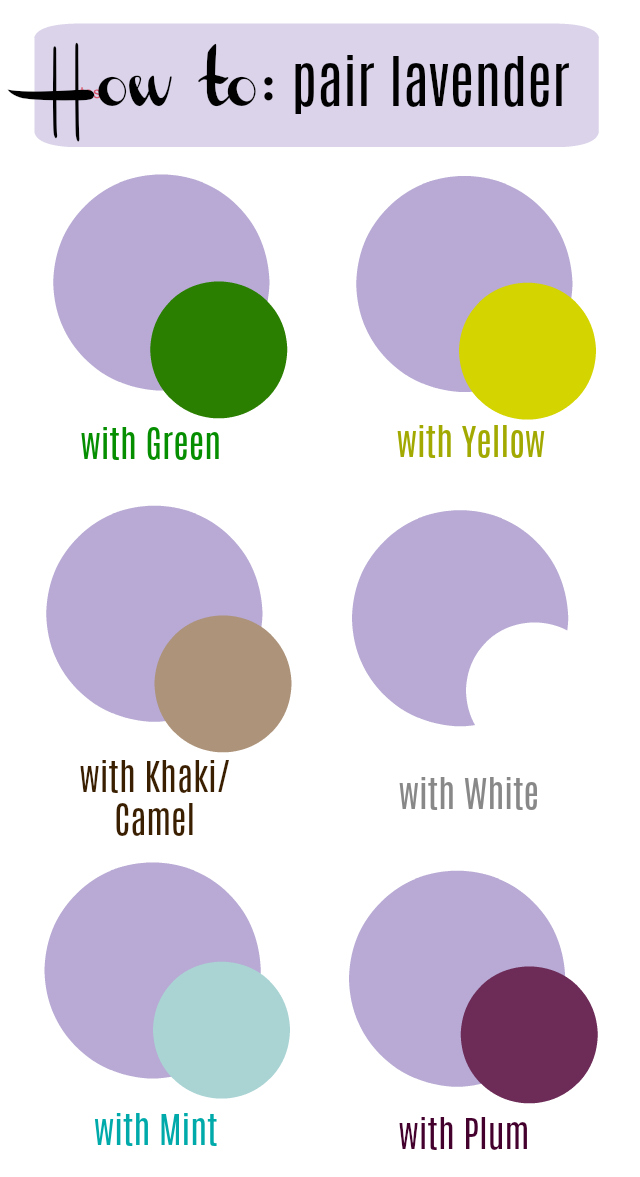There's a certain quiet confidence in lilac. It's not the shout of a scarlet or the insistent hum of a bright yellow. It's a whisper, a subtle suggestion of color that speaks volumes about those who dare to wear it. It's the color of a spring morning just before the sun crests, a delicate bloom against a backdrop of quiet expectation. To truly understand lilac, one must understand how to create it, to blend and coax it into being.
Lilac, in its essence, is a dance between two seemingly disparate forces: the cool tranquility of blue and the fiery passion of red. Imagine, for a moment, the artist's palette. A dab of cerulean, cool and serene, sits opposite a stroke of crimson, vibrant and alive. It is in the careful blending of these two that the magic of lilac is born.
The journey to creating the perfect lilac is as much about understanding color as it is about feeling it. It's about recognizing the nuances of each shade, the way a touch more blue can evoke a sense of serenity, while a hint of red can add a whisper of warmth. It's about understanding that true beauty lies in balance, in finding that perfect equilibrium where neither color overpowers the other, but rather, they coexist in perfect harmony.
This delicate balance, however, is where the true challenge lies. Achieving the right shade of lilac is not merely a matter of throwing two colors together. It's about understanding the undertones, the subtle hints of color that lie beneath the surface. A touch of white can lend a certain ethereal quality, while a hint of black can add depth and complexity.
Ultimately, mastering the art of lilac is about experimentation, about trusting your instincts and allowing yourself the freedom to play. It's about embracing the process, the journey of discovery that leads you to that perfect shade, the one that resonates with your soul and reflects your own unique vision.
Now, let's delve into some practical tips for mixing lilac. The most common approach is to start with a base of white. Add small amounts of red and blue gradually, mixing thoroughly after each addition. Remember, it's always easier to add more color than to take it away.
Experiment with different reds and blues to see how they affect the final shade of lilac. A warmer red, like cadmium red, will create a more vibrant lilac, while a cooler red, like alizarin crimson, will result in a softer, more muted tone. Similarly, a bright blue like ultramarine will give you a bolder lilac, while a softer blue like cerulean will create a more delicate hue.
Don't be afraid to play with other colors as well. A touch of yellow can add a hint of warmth, while a dash of green can create a more complex, nuanced shade. The key is to experiment and find the combinations that speak to you.
Advantages and Disadvantages of Mixing Lilac
| Advantages | Disadvantages |
|---|---|
| Allows for complete control over the shade and intensity | Can be time-consuming to achieve the perfect shade |
| Offers endless possibilities for variation and customization | Requires a good understanding of color theory and mixing techniques |
Beyond the technical aspects, understanding how to make lilac is a gateway to a deeper appreciation for color. It allows you to see the world with a more discerning eye, to recognize the subtle interplay of hues that create the tapestry of our visual experience. It's about understanding that even the most delicate of colors can hold immense power, evoking emotions, influencing moods, and shaping our perception of the world around us.
In the end, the pursuit of lilac is a journey of creativity and self-expression. It's about finding your own voice within the spectrum of color, about using your newfound knowledge to create something beautiful, something that reflects your own unique perspective. So go forth, experiment, and embrace the transformative power of color. Who knows what masterpieces you might create?
Elk city lake hiking trails your guide to adventure
Mastering the art of measurement your guide to metric unit conversion worksheet pdf
Good night blessings youtube is your for you page blessed
2560x1440 Rich Lilac Solid Color Background - You're The Only One I've Told
how to make lilac color - You're The Only One I've Told
Chasing Davies: Trend to Try: Lavender - You're The Only One I've Told
2560x1600 Lilac Solid Color Background - You're The Only One I've Told
How To Make Light Purple Paint - You're The Only One I've Told
Everything About Lilac Color, Meaning, Symbol, Codes & All - You're The Only One I've Told
Lilac And Gray at Jason McCarty blog - You're The Only One I've Told
What Colors Make Purple? - You're The Only One I've Told
2560x1440 Lilac Solid Color Background - You're The Only One I've Told
Lavender Bedroom Rugs at Katherine Green blog - You're The Only One I've Told
how to make lilac color - You're The Only One I've Told
how to make lilac color - You're The Only One I've Told
Color Palette ideas #icolorpalette #colors #inspiration #graphics # - You're The Only One I've Told
Are Blue Brindle French Bulldogs Rare - You're The Only One I've Told
Vibrant Purple Paint Colors for a Colorful Bedroom - You're The Only One I've Told














